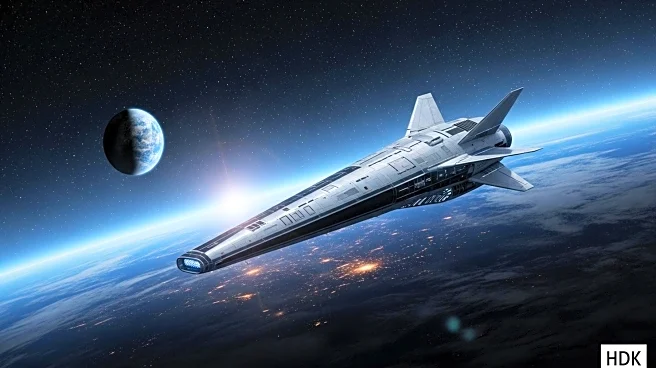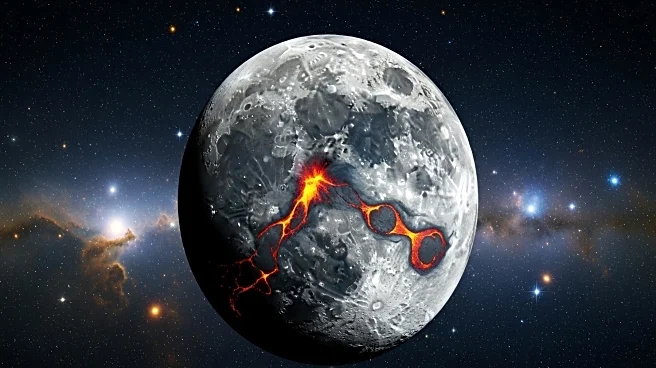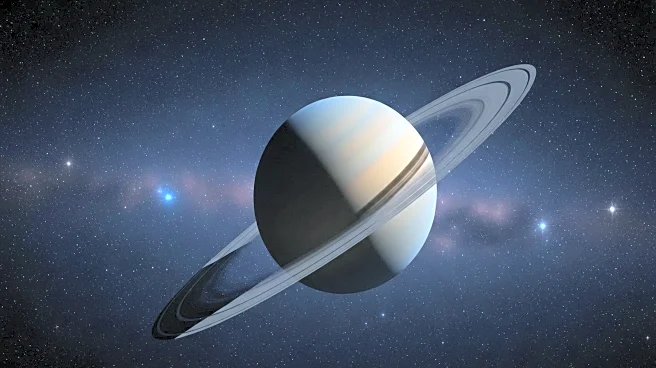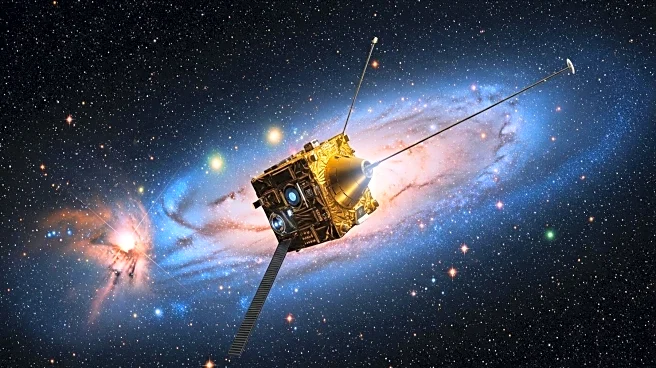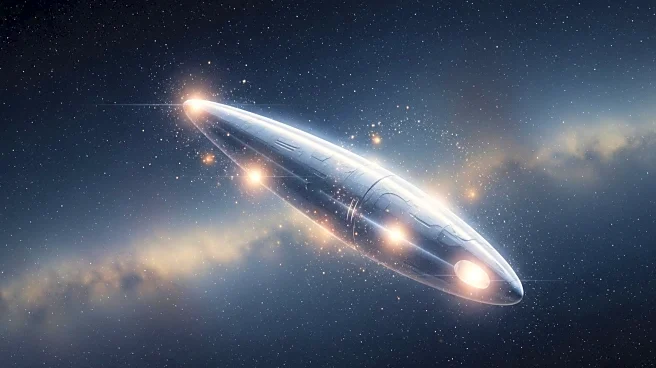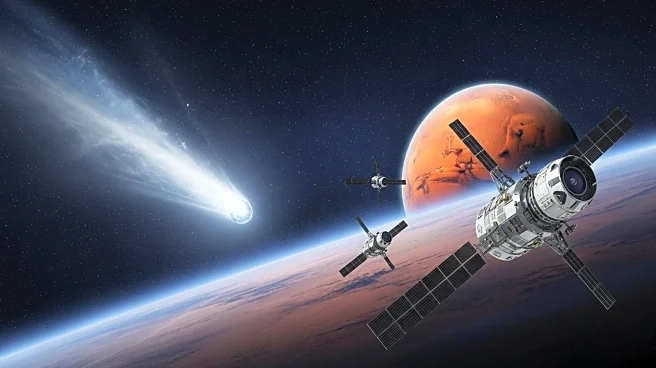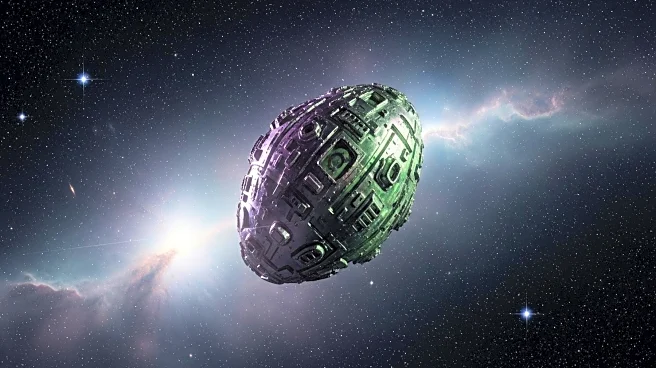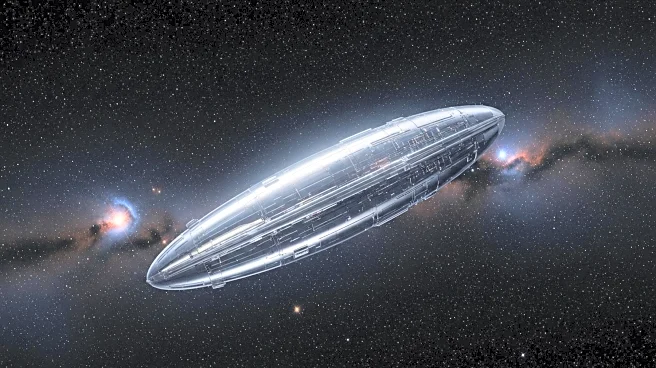What is the story about?
What's Happening?
Voyager 1, the spacecraft launched by NASA in 1977, is set to achieve a historic milestone on November 15, 2026, by reaching a distance of one Earth 'Light-Day' from our planet, approximately 16 billion miles away. Originally designed to study Jupiter and Saturn, Voyager 1 has surpassed its initial mission objectives, having crossed the edge of the solar system in 2012. It is now traveling at a speed of 38,000 mph into deep interstellar space. This achievement marks the first time a man-made object will be so far from Earth that light itself takes a full day to reach it.
Why It's Important?
This milestone underscores the remarkable achievements of human space exploration and the enduring legacy of the Voyager missions. Voyager 1's journey into interstellar space provides invaluable data about regions of space previously unexplored by human technology. The spacecraft's continued operation, powered by a nuclear battery, allows scientists to gather data from the farthest reaches of our solar system, contributing to our understanding of the universe. This achievement highlights the potential for future deep-space missions and the importance of long-term investment in space exploration.
What's Next?
Following its milestone in November 2026, Voyager 1 will continue its journey into interstellar space, reaching a full light-day from the Sun by January 28, 2027. The spacecraft will carry on transmitting data back to Earth as long as its power source allows, providing insights into the interstellar medium and the boundary regions of our solar system. The mission's success may inspire future projects aimed at exploring even further into space, potentially leading to new discoveries about the universe.
AI Generated Content
Do you find this article useful?
